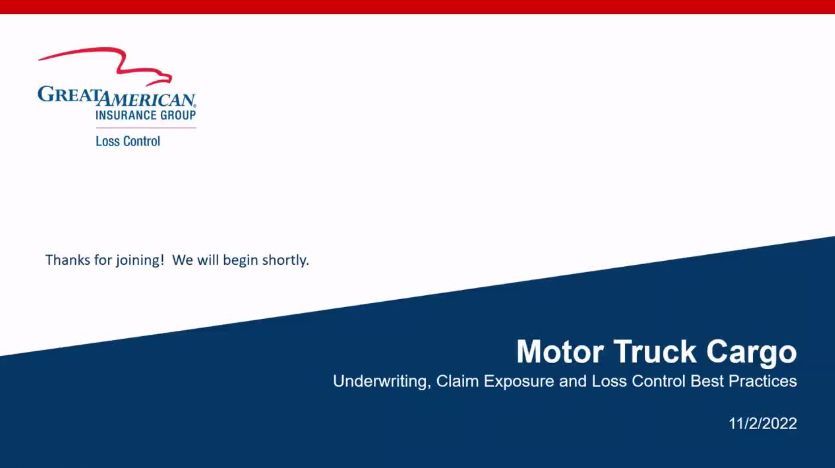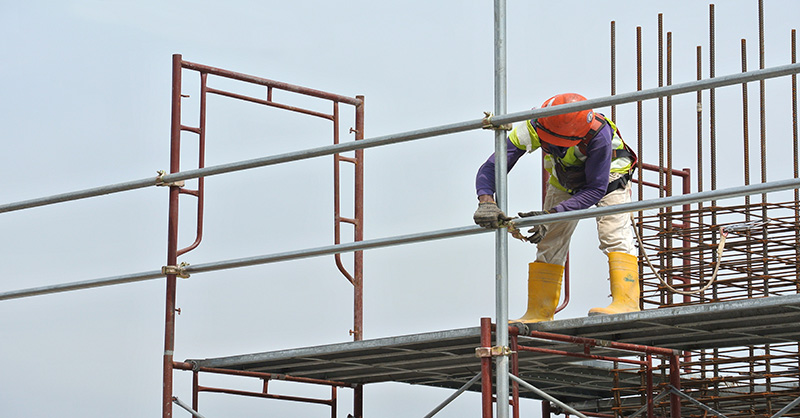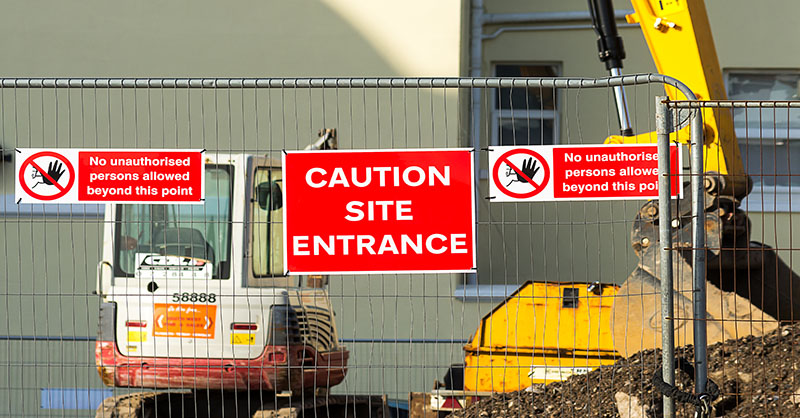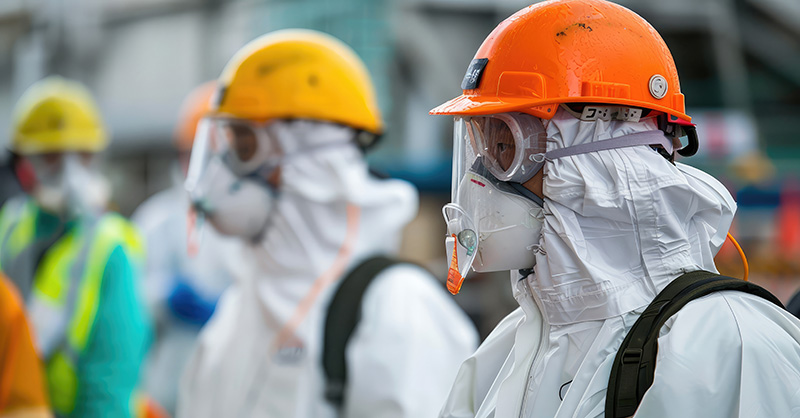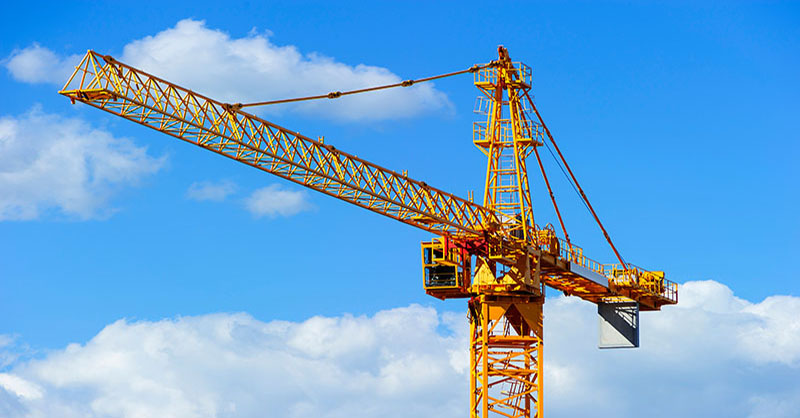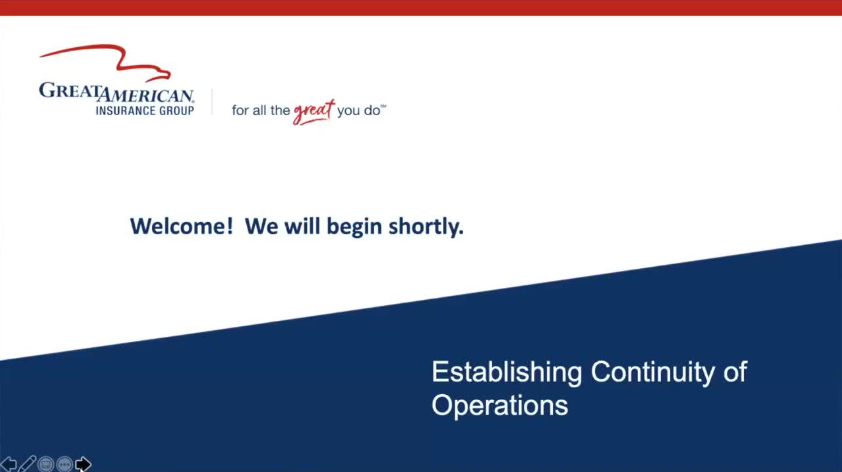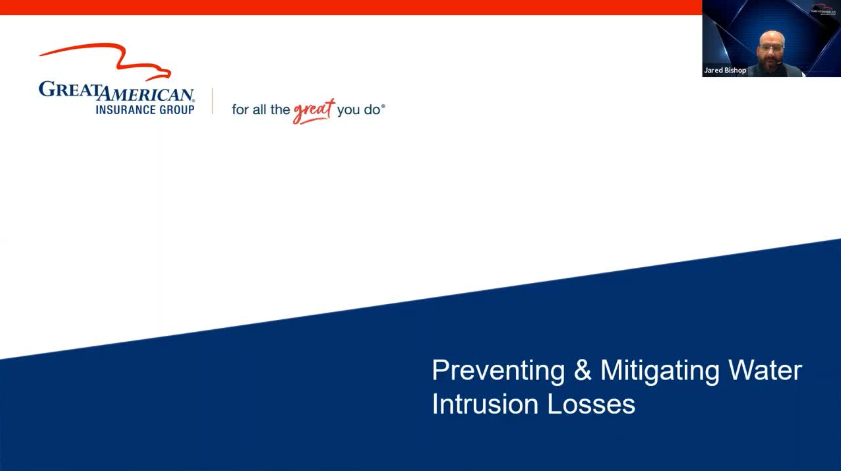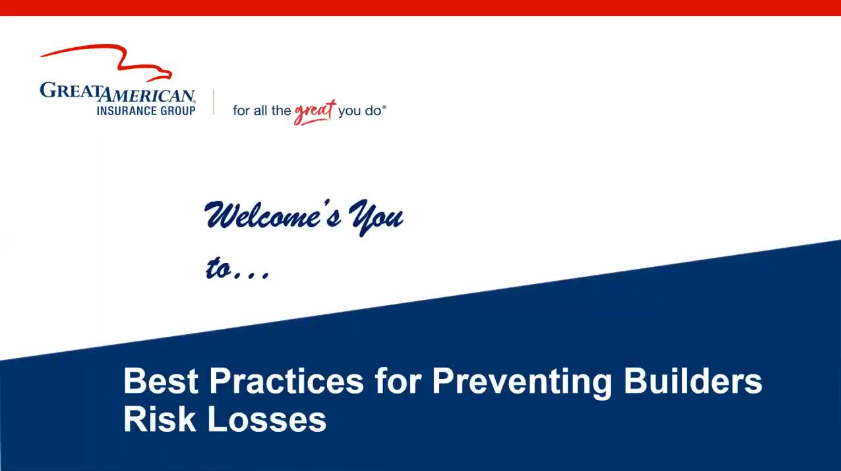Knowing How And When To Return

An important part of your response plan is the approach you take to return to your business, keeping safety the top priority for all employees and stakeholders.
Evaluations should be made on the status of the organization and buildings, and the following options should be considered:
- Immediately return to work due to no or low levels of damage
- Partial return with essential personnel while completing repairs
- Complete repairs with no staff present on-site
- Dissolve the organization permanently
When Should We Return?
Despite your concern about your business and the potential physical damage it might have experienced as a result of a wildfire, it’s important to wait to return to the area until local and state authorities have deemed it appropriate to do so. Due to the nature of the event, there could also potentially be additional precautions that should be followed when returning to the area.
To help determine when it’s safe to return, check InciWeb to understand the wildfire size and containment, local evacuation zones, and community meeting alerts.
It is also important to be aware of the potential hazards that could result after a wildfire:
- Flash floods are a potentially deadly hazard post-wildfire. Stay away from burned forests, storm channels and natural drainages (rivers, creeks and engineered channels) which can accommodate deadly flows of water and debris, especially after a wildfire. Keep a battery-powered radio with you to listen for emergency updates, weather forecasts, reports of flash flooding and news reports.
- Be aware of and use extreme caution around trees, power poles and other tall objects or structures that may have lost stability during the fire. Most burned structures and surfaces will be unstable. Stay out of burned forests during windy conditions, as burned trees are easily downed by wind. Do not touch any power lines.
Who Should Return?
Returning procedures should be written in your response plan. Outline a list of primary individuals who should return to the area after the ‘all clear’ is given by authorities. These individuals should include:
- Emergency Coordinator(s)
- Members of the Risk Management Department (if applicable)
- Members of the Response Team
Many of these team members should be upper-level management who can assist in making organization-wide decisions based on evaluations done by the Risk Management Department or third-party inspectors.
What Do We Do When We Return?
CAL FIRE advises the following when planning your return.
- Survey the area for potential safety issues, including:
- Debris or damage from fire on roads and driveways
- Utility poles weakened by fire
- Hot embers in rain gutters, on the roof and under overhangs
- Hot embers under decks, in crawl spaces, wood piles and lawns
- Check utility services
- Ensure well or pump-hose is in working order
- If electrical service has not been interrupted, you may continue to use your power
- If there are any signs of damage to the gas or electric meter, lines or propane tank(s), call your utility company
- If there are electrical wires on the ground, do NOT approach; call your utility company immediately
Once safety has been assured and confirmed by proper authorities, you can focus on getting back to business as usual.
Other employees should not return to the property until instructed to do so. It is important to develop a communication plan that outlines how you will notify employees of when it is safe to return. Consider using an organizational website, social media platforms or other forms of communication in your plan.
Your plan should clearly state:
- Who is responsible for communications
- What your organization will communicate about
- How your organization will communicate with employees
- When communications will be made
- When communications will begin and end
Post-Return
A post-evaluation should be conducted to determine how well the response plan was carried out and whether or not it was effective. From there, the plan should be amended according to the strengths and weaknesses that were discovered during the evacuation process. Consider the following as you review:
- How well was the organization able to evacuate? Was it able to be done in a timely manner?
- Did employees follow evacuation procedures as they were described in the plans?
- Was the organization able to inform the appropriate suppliers and stakeholders?
- How well was the organization able to enforce the continuity of service plans?
- Was a temporary location able to provide service for customers?
- What supplies were inadequate and will need to be improved in the future?
- What supplies were used and what needs to be restocked?
- Were claims able to be filed quickly and easily?
- What other areas of the plan need improvement?
Resources
CAL FIRE | Post-wildfire Recovery
InciWeb | Incident Information System


